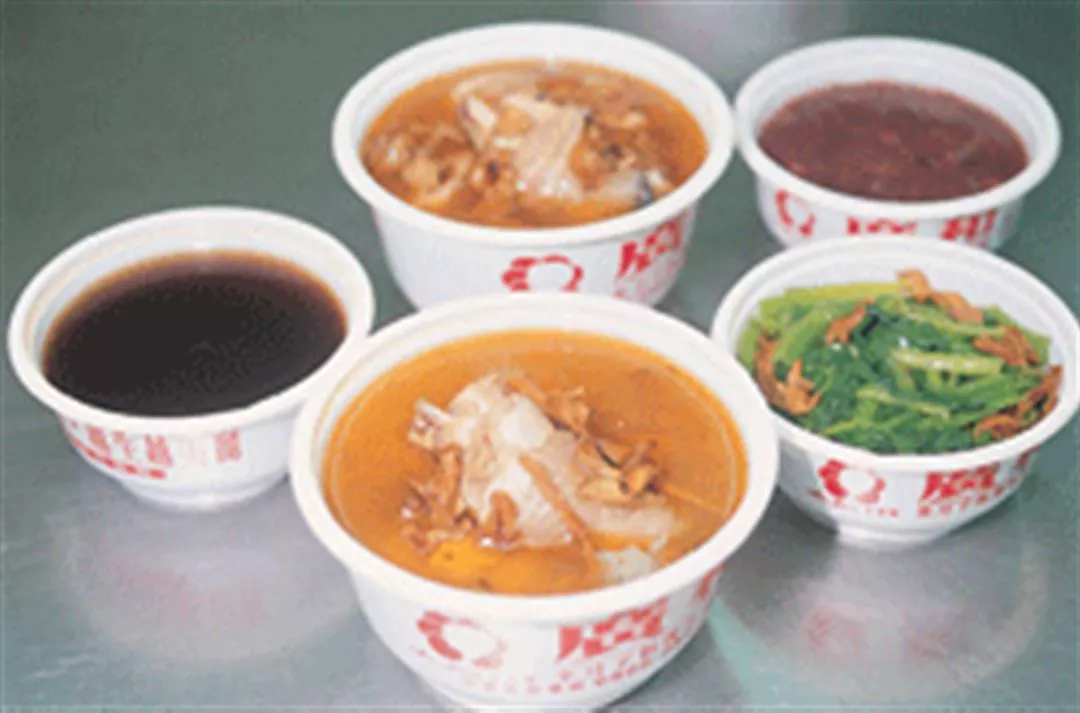Yellow vs. white
While it is true to say that the history of the making of wine in China can be measured in millennia, it is nonetheless the case that the rice wine consumed in ancient times and the "red label" so familiar to modern Taiwanese are very different. The biggest difference is that according to ancient texts rice was only fermented and pressed, but the resulting mash was not distilled. This type of wine, commonly called yellow or red, was the type consumed in ancient times.
If you distill yellow alcohol, the colorless, potent alcohol that results is called "white alcohol" by Chinese. The longer the distilling process, the higher the alcohol content, with alcohol so pure that you can set it alight being called shaojiu or "burning alcohol." There are various theories about the history of white alcohol, but we know for sure, based on a bronze distilling apparatus unearthed in Qinglong Rural Township in Hebei Province in mainland China, that Chinese had the ability to manufacture shaojiu as early as eight hundred years ago (the Gaozong reign of the Song dynasty).
To analyze the brewing process chemically, alcohol (ethanol) is the product of fermentation of sugar. For fruit wines, fructose or glucose can, through yeast, directly ferment into alcohol. As for grain alcohols, first the starch must be decomposed to become fructose or maltose (malt sugar). After that, it can be fermented into alcohol.
Did you ever notice that sometimes rice tastes sweet when you chew it? That is because through saliva the starch is turned into sugar. Before the arrival of Han Chinese in Taiwan, indigenous people used saliva to ferment alcohol. The author of the 1697 work Record of a Journey Across a Small Sea, Yu Yonghe, wrote a verse on the subject of "barbarian women," which documents this most common form of alcohol brewing among Taiwan's Aborigines: "It is said that barbarian wives have marvelous skills; they chew rice until it is a juice, and use a bamboo tube as a wine jar, then hang it indoors. When a guest comes they open the bamboo tube and urge the guest to try some."
In the 61st year of the Kangxi Emperor (1772), Huang Shujing, the first imperial censor to visit Taiwan, left a vivid verse in his Record of a Posting Beyond the Taiwan Sea: "[The Aborigines] come to play games and trade; they have ginger, and trade it for glutinous rice, which they make into wine, which they offer to officials when they come to visit. After the wine is finished, they hunt a deer, and again come to trade."
Thus Pingpu (Plains) Aborigines of that era, besides making alcohol from millet (their staple grain), also made wine from glutinous rice acquired from Han Chinese immigrants. Because of the scarcity of its raw material and the relatively longer time required for its production, rice wine was considered more precious than millet wine. It was ordinarily kept in storage until the arrival of a distinguished visitor, when it would be brought out and served to honor the guest. Among Taiwan's indigenous people, the brewing of alcohol was mainly the responsibility of women, and the making of good wine was considered, alongside weaving, planting, and poultry raising, to be one of the most important virtues of Pingpu women.

Sesame oil chicken, which includes rice wine and ginger, is an essential part of the diet of every woman doing her "month sitting" of convalescence from giving birth.